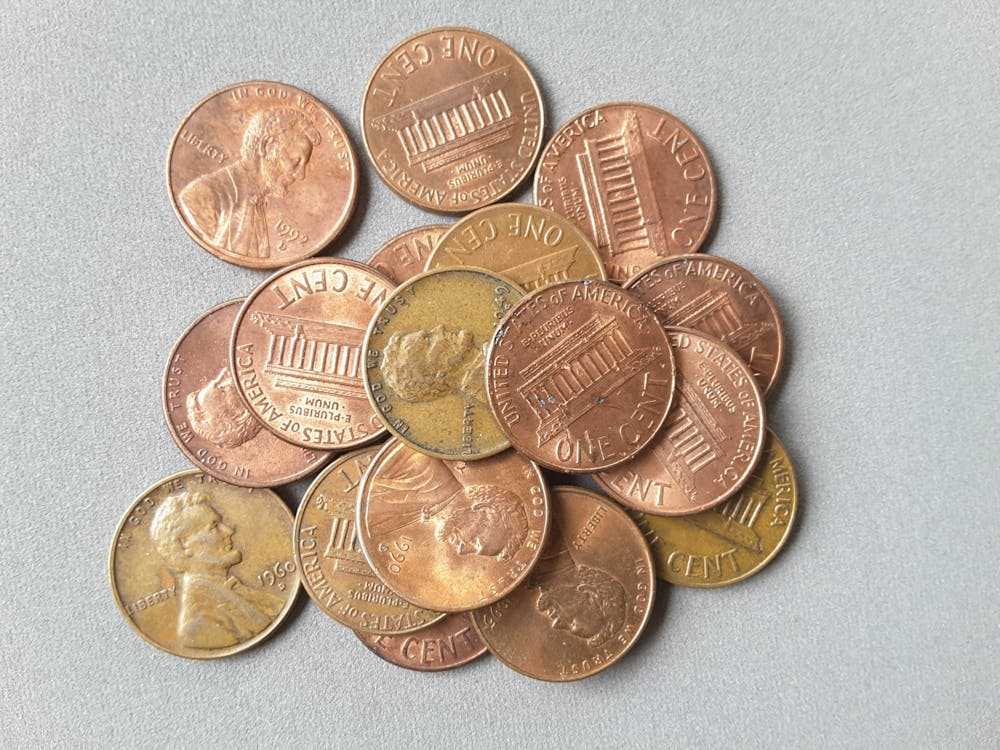
Here’s a good one: You find a pile of quarters in a room. In order to keep the coins, you need to separate them into two piles, each containing an equal number of quarters with ‘heads’ facing up. Unfortunately the lights in the room go out and you can’t touch the coins, so you can’t tell which side is heads or tails. Before the lights went out, you counted 20 quarters with heads-side-up. How do you divide the coins without looking at them (Answer at the bottom)?
From an early age, I have always loved riddles. I used to come home from elementary school and go straight to the family computer where I would spend hours searching for puzzles. I had meticulous standards. No puns, no jokes and no arithmetic. I wanted challenging brain teasers and logic games. Armed with an arsenal of questions about prisoners in monochromatic hats and doors that only tell truths and lies, I enthralled my friends at school as the self-proclaimed storyteller of the group. I loved telling riddles and helping my friends find the solutions, helping them seek that a-ha moment when the previously hidden answer becomes clear as day.
I was always on the look-out for the good riddles, the head-scratchers and the conundrums. In my search, I ventured into a world of completely new explorations for my inquisitive mind.
One of my ventures led me to web riddles. My first web riddle was an obscure game called MMOO’s Riddle created by a Japanese web designer known on the internet as MMOO. Like most other browser-based games, each level of the game was a different webpage with a riddle, the answer to which was “submitted” by changing the last part of the URL to lead to a new page with a new riddle.
MMOO’s Riddle was relatively straightforward: 40 levels with problems ranging from simple ciphers to more abstract logic questions. I spent hours working through levels, getting stuck more often than not and having to scour forums for hints.
Web riddles offered new kinds of problems, ones that required out-of-the-box thinking and creative use of the internet. Despite the frustrating, head-scratching moments, I was never bored playing.
Unfortunately, MMOO’s Riddle is no longer around, but here are some other fun web riddles to try for yourself:
- The DaVinci Code Webquest: A relatively straightforward and simple web riddle based on the book series by Dan Brown. Slightly different from other web riddles but good for beginners.
- NotPron: A popular and difficult web riddle, advertised as the “hardest riddle on the Internet.” There are 140 levels requiring a wide variety of knowledge and skills as well as external free software.
- P4X the Riddle: This one isn’t as gimmicky or detailed as the other browser games but is still fun and challenging.
- Ouverture Facile: Originally in French, this web riddle is creatively designed with interactive images and detailed puzzles.
While you may not have heard of web riddles before, point-and-click games are much more recognizable. Point-and-click escape games were a beloved pastime of mine growing up. Websites like Newgrounds and 365escape were some of my favorite places to find good escape games. If you’ve ever been to an escape room, you’ve pretty much played the physical equivalent of a point-and-click game. Like escape rooms, these games involve exploring a finite space in search of clues and items that will aid in eventually escaping the room. Often the games included riddles within them that required solving in order to unlock boxes and find items.
Some great point-and-click games include The Great Kitchen Escape, The Daymare Town series, The Blue Beanie and Alice is Dead (unfortunately, the end of Flash this year will affect the playability of these games).
These riddles and games were significant parts of my childhood. They represent the inquisitive, problem-solving part of me that seeks answers to even the most difficult questions. Even now, many years later in college, I sometimes like to go back to the sites I frequented as a kid and replay the games that captivated me. They remind me of younger days, of elementary school lunch time storytelling, and of the elation that comes with discovery.
As for the answer to the coin riddle: Count out 20 quarters and flip all of them over. Both piles will have an equal number of coins with heads-side-up. If you need an explanation on the math behind the answer, check out this video.





